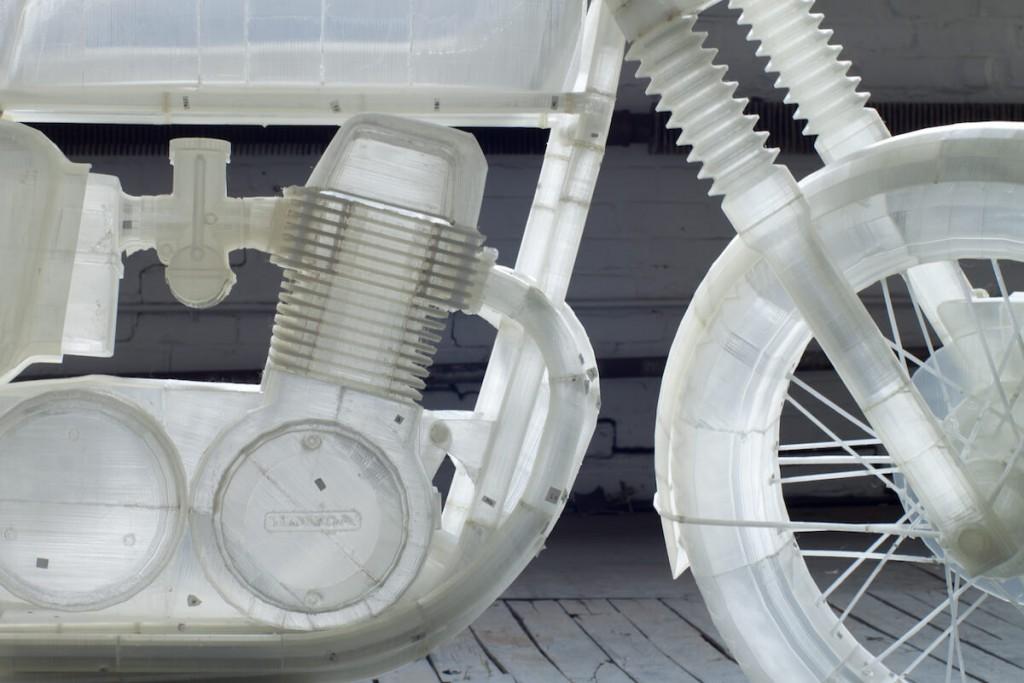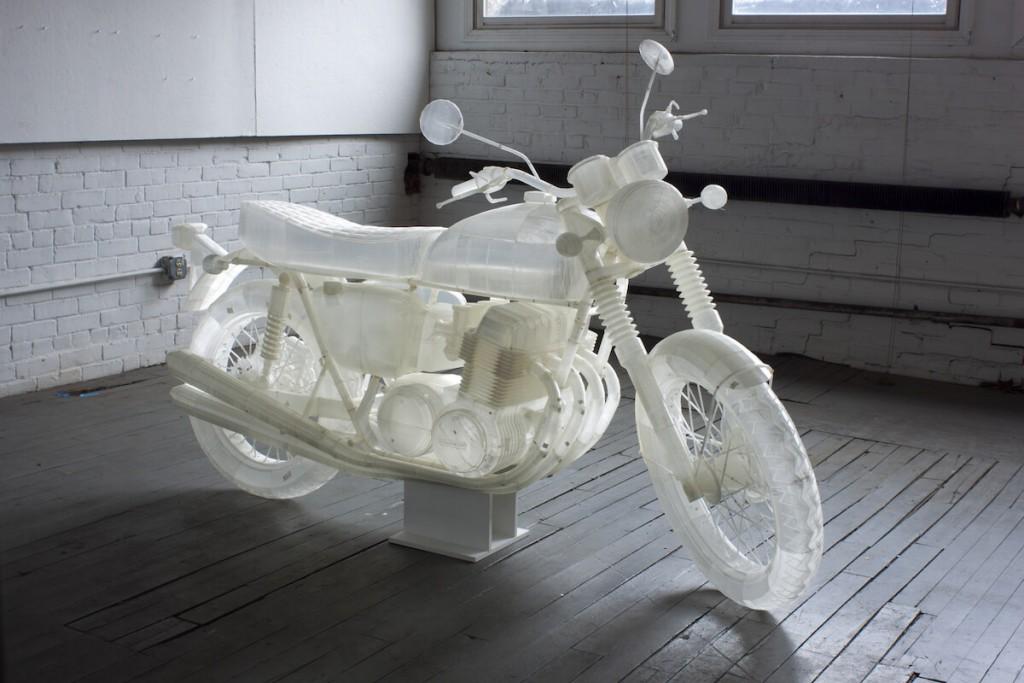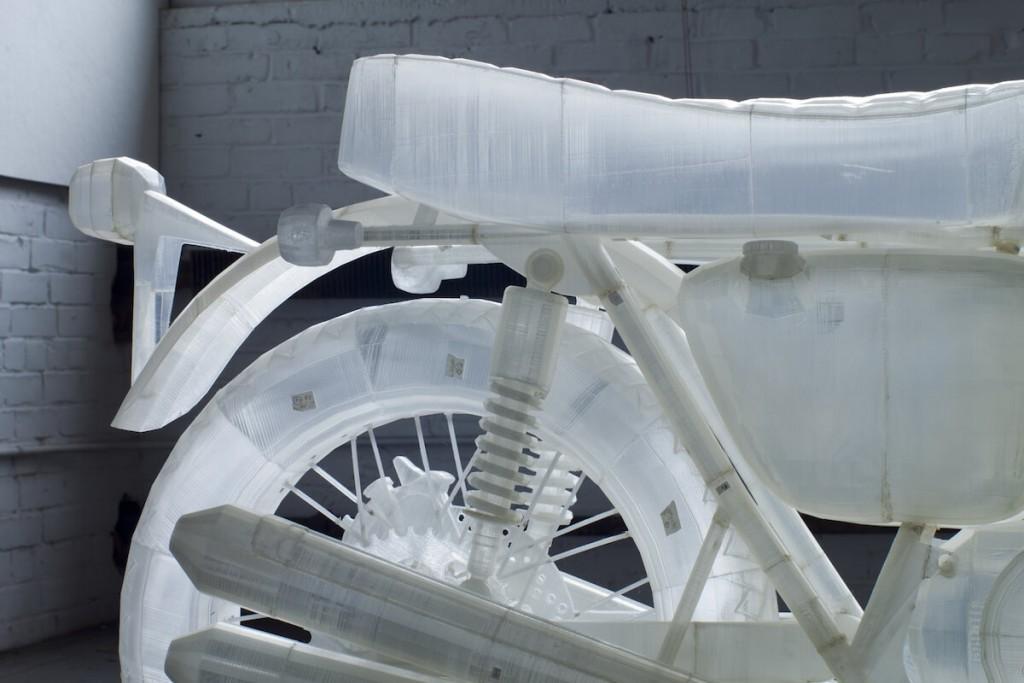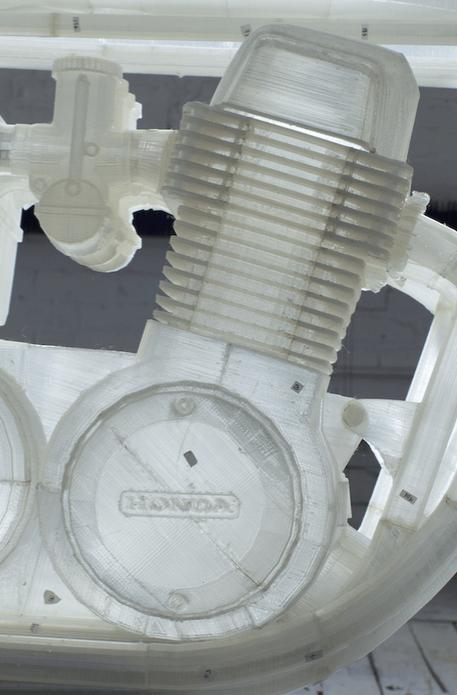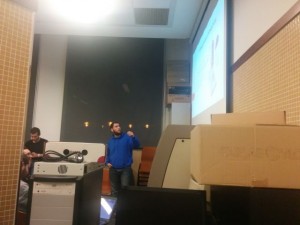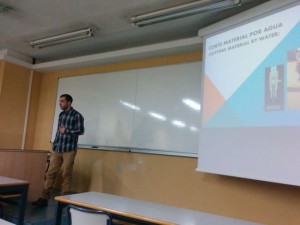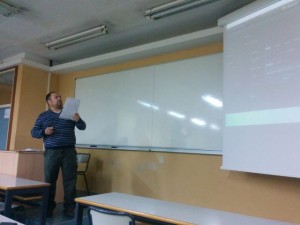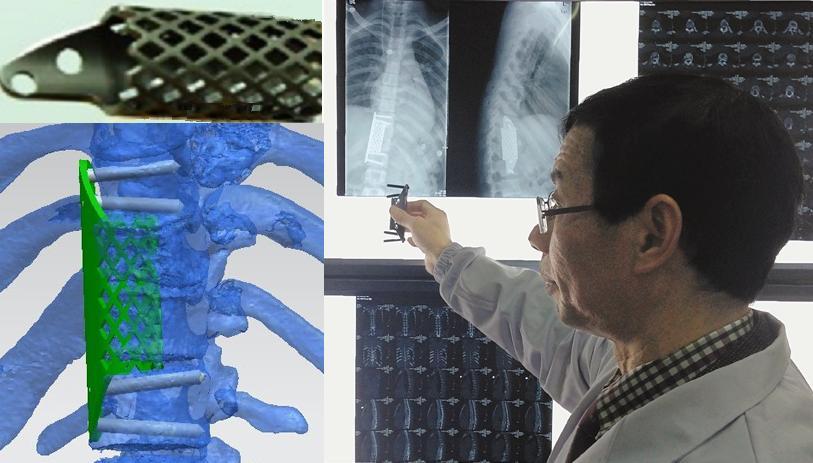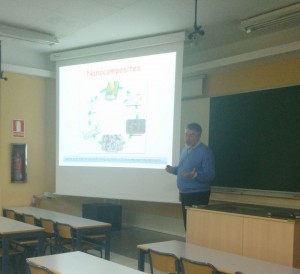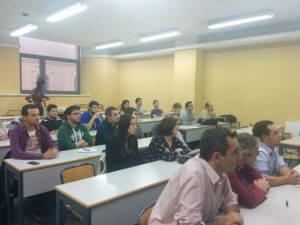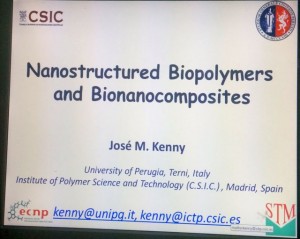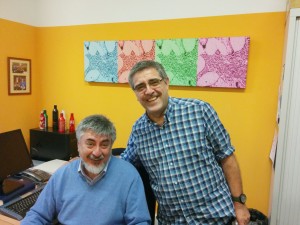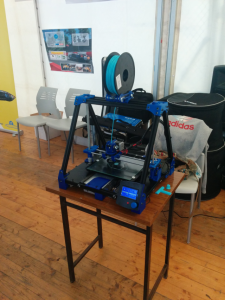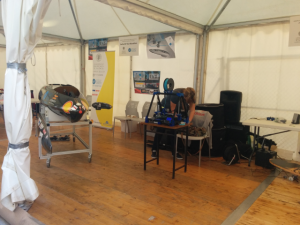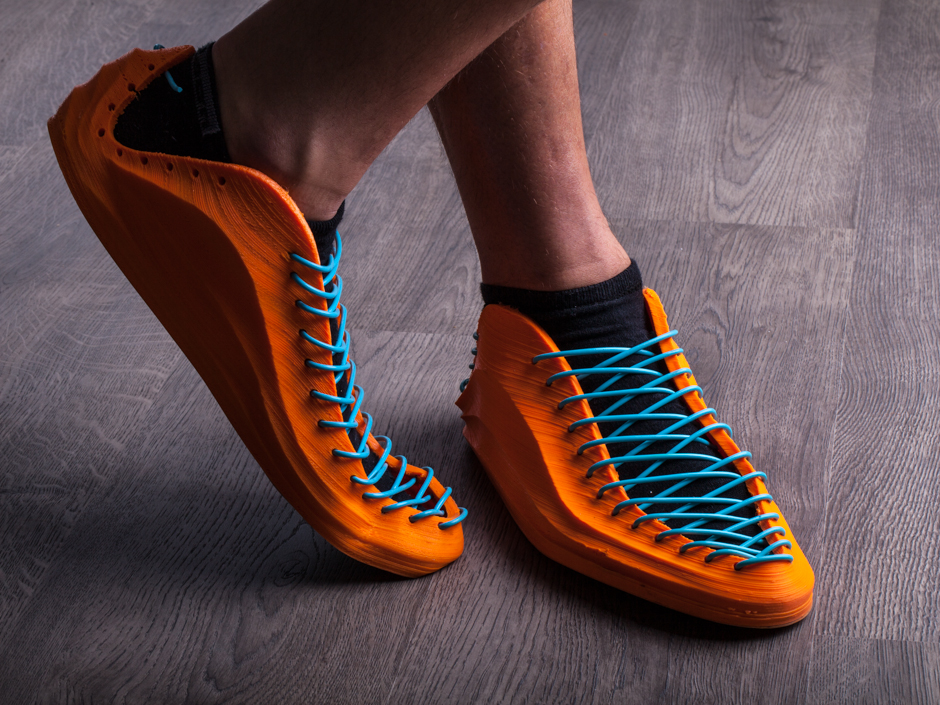Jonathan Brand 3D Printed A Ghostly, Translucent, Full-sized Motorcycle
8 01 2015Jonathan Brand is a designer and artist and he’s done something gearheads, motorcycle freaks and 3D printing mavens will love.
Working from his studio on Orange Street in New Haven, CT, he’s printed out an entire, full-sized replica motorcycle.
It’s based on a classic 70’s Honda CB 500, and it’s built from translucent plastics with his pair of Ultimaker 3D printers.
And it’s amazing.
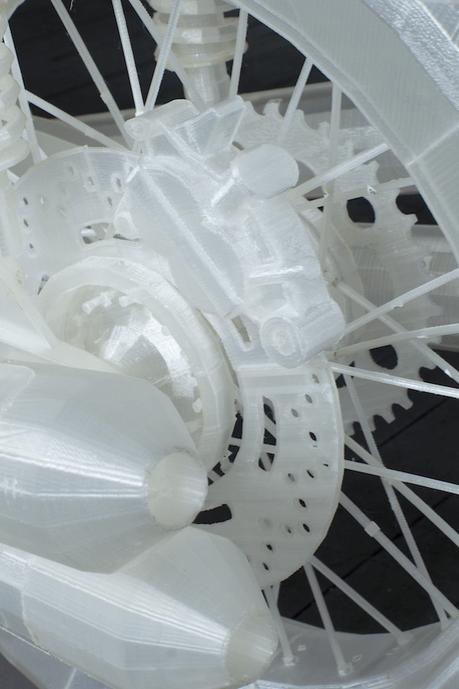 Brand says that when he was living in Brooklyn and looking to buy an actual, working Honda motorcycle, he settled on the idea of buying a CB. He said that when he and his family decided to move out of the city, he was buying one to ride, but his plans changed.
Brand says that when he was living in Brooklyn and looking to buy an actual, working Honda motorcycle, he settled on the idea of buying a CB. He said that when he and his family decided to move out of the city, he was buying one to ride, but his plans changed.
But the fact that the birth of his son – and the fact that he admits to being slightly accident prone – made him decide a plastic version of a motorcycle was a better and safer way to spend his time and energy.
Born in Sarnia, Ontario, Canada, Brand completed a BA from the University of Guelph, Ontario, and then finished up his master’s degree course work at Yale University. .
According to Brand, he spent quite a lot of time on the project, and that creating such accurate, usable parts involved some major hurdles.
The artist says that while he’s only been working with 3D printers for about five years, his initial experience building a Cupcake 3D printer has served him well as he took on the motorcycle project.
“If you have a lot of money, you can get a pretty robust and reliable printer, but the material still seems to be a limitation,” he added. “The biggest problem I’ve had is getting reliable quality printing materials in the US. I’d really like to experiment with a resin based printer, but for now it’s just too expensive for the large scale work I’m doing.”
To build the Honda piece, Brand used his two Ultimaker 3D printers, Rhino, Netfabb, Geomagic, Kisslicer, 3D Studio Max and Adobe Illustrator.
Accomplishing the design means working with heavy stock coated with a matte inkjet print varnish to build his initial forms, cutting the parts out by hand or with a vinyl cutter which uses a laser eye for registering the printout, and then printing and cutting each model piece by himself. He adds that the process is roughly analogous when he gets to the 3D printing stage, as the finished product is printed in small sections and glued together piece-by-piece.
And he’s convinced what he’s come up with is art and not engineering.
“I personally think it’s art, because I have a lot of respect for engineers,” Brand said. “My education is in art. I had an engineer tell me that if I knew what I was doing (from an engineering perspective) I’d never make my work, because I’d know beforehand that it wouldn’t work. I have a factory of one.”
There’s art, and then there’s art and engineering, and artist Jonathan Brand’s fully 3D printed motorcycle fulfills both categories rather nicely. What do you think about this melding of art and reverse engineering? Please let us know in the Jonathan Brand 3D Printed Motorcycle forum thread on 3DPB.com.
—
Artist Jonathan Brand says he started out to buy himself a motorcycle, but ended up building one for himself that was a tad less dangerous after the birth of his son. Brand, a gearhead, technician and motorcycle fan, used a pair of Ultimaker 3D printers to make an amazingly accurate and full-sized replica of the bike he once wanted to buy, a 70’s Honda CB 500. It took more than a year to complete, but the result is a translucent, ghostly and magnificent in every way. If you want to read the whole story and see the incredible photos of the finished product, you can check it out here: http://3dprint.com/35429/jonathan-brand-3d-printed-motorcycle
fuente: http://3dprint.com/35429/jonathan-brand-3d-printed-motorcycle/
Categories : Tecnologia de Fabricación de Prototipos/Rapid prototyping
